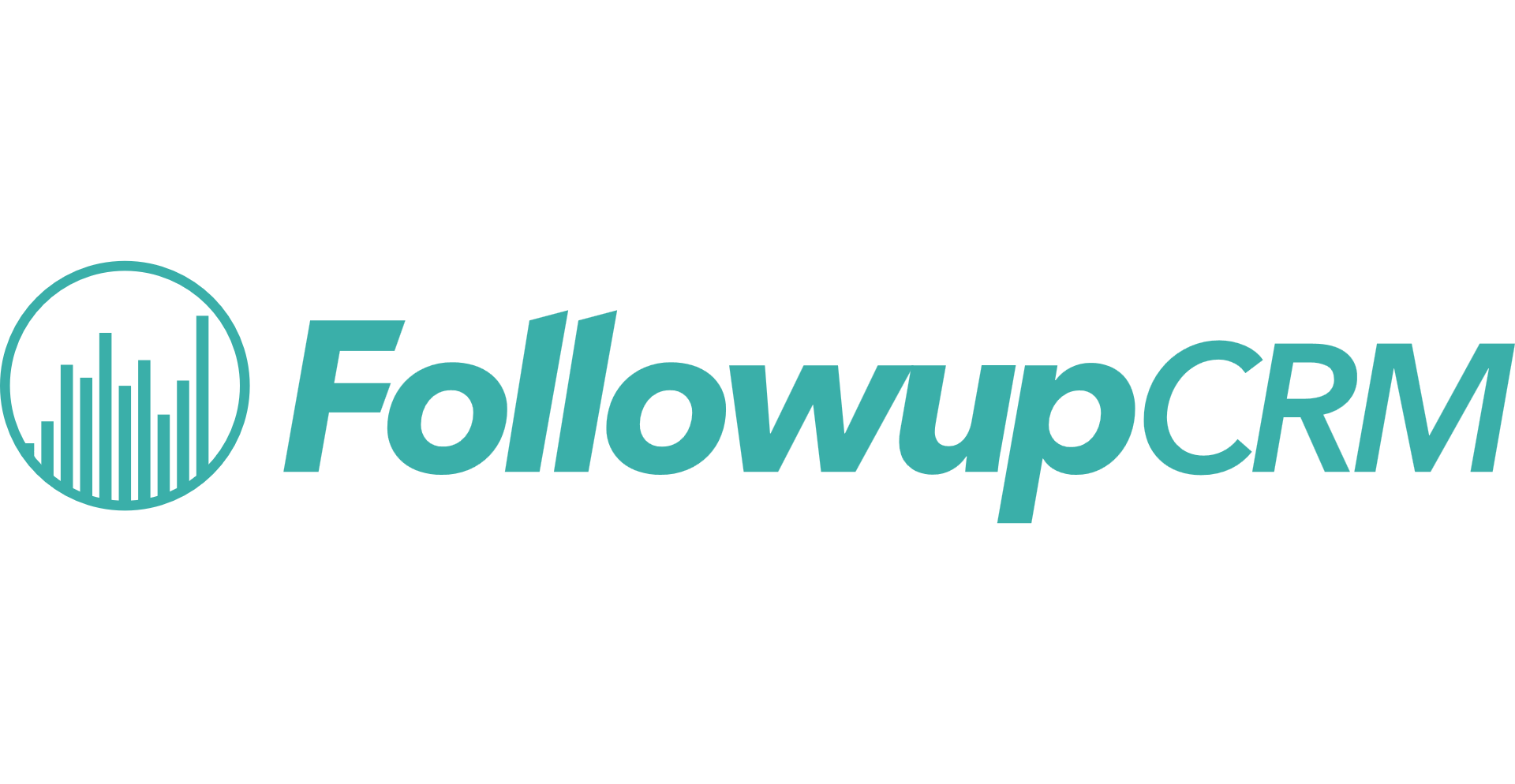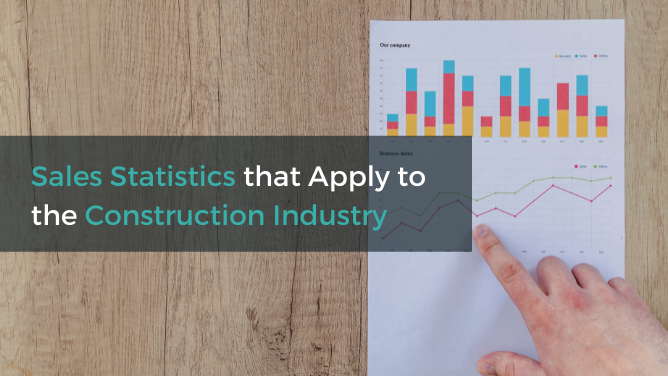When deciding on what CRM software works best for your roofing business, it’s important to look at the areas you are wanting to improve. Whether it’s something broad like organization or more specific like being able to order aerial measurement reports, these consideration scan help you choose the right software.
One way to get started is by looking at areas where your business is lacking and noticing trends where projects seem to hit snags. Is duplicate information being missed?Are estimates inaccurate? Wherever you’re noticing these issues, this can be a deciding factor on whether you should chose a standard CRM for basic needs or if you need something with more detail like roofing software.
Looking at your current business process and performance will help you decide what functionality you should look for. Let’s say you want different teams to be able to track material orders. With this, you’ll want to make sure the CRM you are working with allows for the ability to place and manage any orders right from the manufacturer.
Understanding the things that you want to help improve and streamline your current process is going to help with choosing the right roofing software.
Here are some Tips for Choosing the Right Roofing Software for Your Commercial Business:

1. LABOR TRACKING
In today’s world, it is all about speed. Technology is offering speed in processing that has never been seen before. It presents itself in every part of your business from the first client lead through a finished job and referrals, technology lets you stay in front of the customers. An excellent example: A commercial contractor was looking for ways to improve the customer experience and speed of invoicing. By using FCS software, they were able to utilize the invoicing module to allow one person to complete service invoicing - in two hours. Before FCS, it had taken two people two days to do the same amount of invoicing. This means you’re saving time, money and cash flow. It also shows customers that your company is progressive, responsive and ready to help them grow their business with expedited turn around.
2. CUSTOMER DATA & CRM
There are several CRM systems - many of them integrated with project management software. Some CRM systems offer customer portals where you can share data, photos, job progress,inspections, and invoices with customers at their convenience. This type of CRM can be used for initial customer contact and sales with the scalability to store all of the customer’s projects as they grow with the company. This type of system is usually used more with commercial businesses. It is also a great tool to use if you are focused on HOA work. Whichever CRM you use, the key is to maintain a strong, up-to-date customer database that becomes not only a historical view of your customers and projects but also a strong database for future sales and marketing. By using a CRM software instead of Outlook, Excel or a Rolodex, recording customer communication can be automated, including:notes, past correspondence, property data, material preferences and/or potential future projects.
3. MOBILE/TABLET USAGE
It does not seem possible to survive in today’s world without a smart device and that is especially true when it comes to business. Smart phones allow contractors to be in touch with their customers immediately - giving them a clear edge when it comes to customer service. Also, the agility of utilizing smart phones makes sense for instant communication with your team. It is important to use phones in a way that works with customers, so knowing their preferences concerning email, text or phone is beneficial for creating enhanced communications. Part of utilizing technology is understanding how customers want to interact with it. Smart phones and/or tablets can also make day-to-day business easier to do on the road, eliminating some of the late-night work. In deciding which smart device to use, take the time to coordinate your phone, tablet and computer system with cloud-based software in a way that all devices can speak to each other. This creates an easy, efficient means of transferring data and documents while also documenting customer communications and project status accurately.
.png)
4. CLOUD-BASED ACCESS
Today, it’s all about mobility. The days of the big server rooms are mostly gone and progressive contractors can operate from anywhere, anytime. This is only possible with cloud-based solutions. Every step of the process is at the fingertips of management, crews and the sales team. The ability to communicate across numerous, if not all employees, allows for strong communications that correlates into a great customer experience. Questions to ask about cloud-based software include security, ownership and access to your data. It is your data,do not let any software company hold you hostage. It should be easily downloaded and stored in various locations for redundancy. In today’s world,security is critical. Cyber-crime is at an all-time high so be sure that you ask these critical questions. Then, open your world to processes, data and communications that are available 24/7 with the power of the right cloud-based software.
5. AERIAL MEASUREMENTS
Aerial technology has been in place since 2008 and it just keeps getting better. Gathering roof measurements traditionally was a time-consuming process prone to mistakes such as mathematical errors or simple human error, but has now become a quick, easy and reliable technology. Many contractors now rely on the service for accurate measurements, professional presentations and efficient production planning. Sales and marketing efforts have also benefited greatly from aerial imagery and measurements. In fact, many sales processes have changed substantially as contractors can now share aerial photos, drawings and measurements of almost any structure with home and building owners. Consumers see this as a clear differentiator. When they can see their property and use the drawings and measurements for reference, it brings a whole new level of professionalism to your company’s sales process.
6. ESTIMATING
Advancements in estimating software, as well as the introduction of cloud-based access, have put this tool within the reach of virtually any size roofing contractor. Not every solution will fit every business right out of the box so it’s important to understand your company’s needs, how the technology fits into your existing processes and what new efficiencies can be realized through the implementation of an estimating software. Some contractors are large enough to require robust,enterprise-level estimating programs that provide job management, estimating and customer relationship management features. While for the smaller to mid-sized contractor, an enterprise solution may be overkill. Smaller operations may want to consider a simple, intuitive, cloud-based solution that still delivers a professional estimate. Whatever solution is chosen, it’s important for contractors to make sure that it integrates with the other technologies they are using. For example, if you are using aerial measurement technology, be sure that the measurements will flow into the program and populate the correct fields. Manual entry of data can be time consuming and lead to costly errors in the case of even the smallest typo.

7. IMPLEMENTATION
The most important thing you can do before purchasing any new technology is to take the time to do your research. Talk to other contractors you find through roofing associations or networks and see what has worked for them. You can also look at online reviews and utilize free trials to try out and get a full understanding of the options that are out there and how they are implemented. Once you do decide on a technology that best meets your company’s needs, you will likely have to dedicate a specific amount of time to implement it throughout the company. For roofers, a great time to implement new software would be in the fall or winter, right after the busy season and before the new year. During this time, processes may need to be updated, employees trained and data uploaded. It is not easy to adopt or switch to a new software on your own, so be sure to create a good relationship with the software provider upfront. Their support can help you develop a high degree of comfort and confidence when initiating the new technology and processes with your employees.
Today, many are considering using technology to do just that. And, for a good reason - it works. It can allow your company to easily resolve many pain points like labor tracking, productivity, diversification, job profitability and more. The right Roofing Software will be focused on making it simple and intuitive to use cloud technology however and wherever you need it. It’s very simple solves problems, helps reduce your pain points and saves everyone time.







